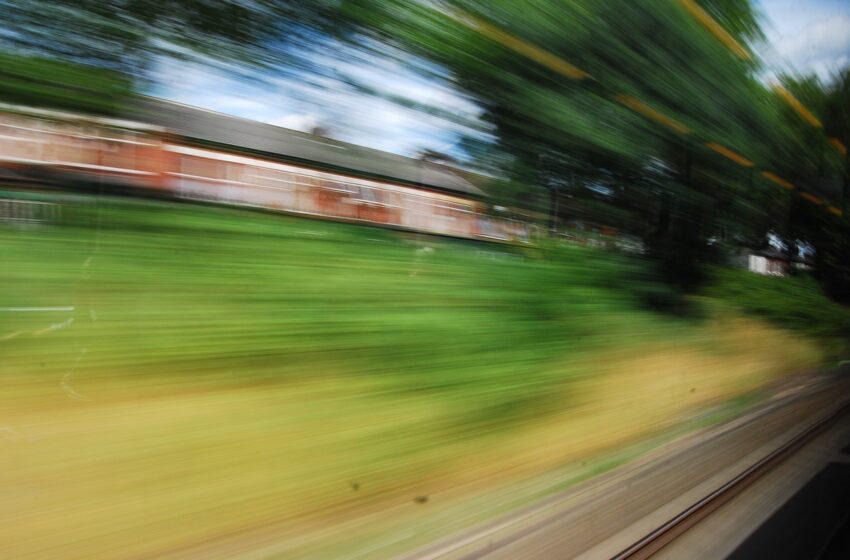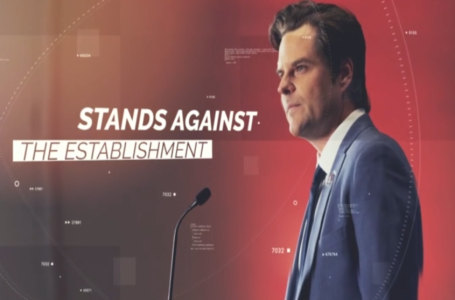ALERT: Who’s Really Behind The California-Nevada High-Speed Rail

A decades-long high-speed rail project is slated to launch running between California and Las Vegas, Nevada. Many have said they’ve heard this song before and it will never happen, that it’s just a slush fund, but the documents say otherwise and the motives are questionable. The Biden regime, States, and investors want to see this project completed before the 2028 Olympics in Los Angeles, and Brightline West already has the land, federal reviews, labor agreements, and federal and state funding dialed in. There is a lot of history with this high-speed railway moving in and out of development and investment phases, and the current chain of ownership raises big questions.
On the surface, it would appear as though Brightline West will be the owner and operator of this railway with up to 200mph “net zero” electric trains running between Las Vegas to Rancho Cucamonga and on to Los Angeles. However, it’s a little more complicated than that, with several twists and turns along the way.
When one contemplates the invasion the U.S. is undergoing along the border and everything else on the horizon, one can’t help but wonder if a high-speed rail off to the desert is going to come in handy, especially with the operation launch to take place during an election year. And, it doesn’t stop at the end of the tracks in Vegas. Brightline’s proprietary and green platform called Brightline+ will manage a myriad of accommodations upon arrival. Not to mention the recent purchase of 300 acres on August 15th by Amazon near Eldorado Valley, just 25 minutes away from the new up-and-coming station. Amazon still hasn’t disclosed what this land is intended for. Perhaps a giant distribution facility that can employ all the newcomers?
This is about a lot more than just this one rail, and it’s a “blueprint” for high-speed rails throughout the country, with a goal to get people out of their cars, off the roads, and achieve “net zero.” Sure, traveling at high-speed sounds wonderful, unless it’s to replace one’s vehicle and requires a digital ID and high social credit score to climb aboard. The fact that critical infrastructure in the U.S. hasRead More















